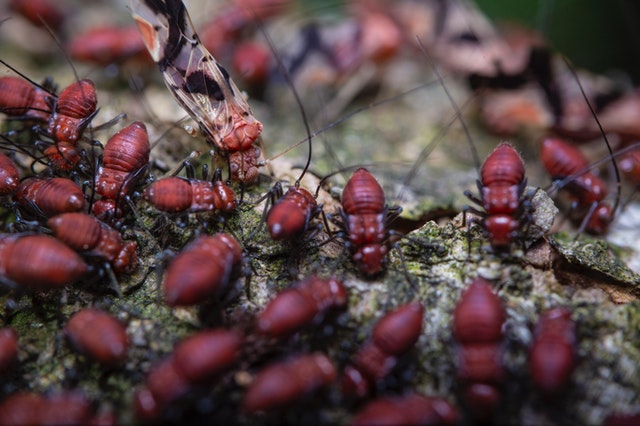
One of the most basic benefits of a home is that it keeps bugs outside. Despite this protection, termites are disastrous for breaking down that very physical barrier of a home while also negatively impacting that home’s value. If you suspect that your current home or a home you are looking to buy is infested with termites, we have provided five solid tips to confirm a siege of these little nuisances.
Windows/Doors Tend to Get Stuck
If you notice how some of your portals are becoming stuck, you may be in a situation where you should look up “is termite inspection required in California?;” instead of just dialing your handyman. Stuck portals are an early sign of termites because the wood around those areas is exposed and accessible. As termites convert your home’s wood into food, this can lead to the warped window and door frames. Warped frames make it harder to operate doors and windows.
Note that while these frames are certainly targets, they are not the only ways to check for infestation. Any wooden structure, such as a baseboard, floor, or even ceiling may be structurally compromised. Lastly, a possibility your home has succumbed to non-termite alterations, such as rot or a seasonal change of humidity. This is why our other signs should also be considered.
Damage Under Your Paint/Wallpaper
Termite feeding habits result in galleries and exit holes when they dine on cardboard or the wood paneling that lies just behind your walls. It is possible for these little monsters to feed without ruining the thin layer of paint or wallpaper you’ve applied. This is why home repairs and renovations are one of the most common scenarios to stumble upon termite damage.
Any odd appearance along a painted or wallpapered surface may signal termite damage. A perceptive watcher might notice any of these signs of damage.
- Little pinholes.
- Bubbling paint.
- Peeled/discolored wallpaper.
- Buckling wood.
- Areas that are dented/sunken-in.
- Narrow sunken lines that wind about.
You Find Swarmers and Abandoned Wings
Termites have a caste system, like ants, and one caste is known as swarmers, or “alates,” and they help to make more termites. Alates have two sets of large, pallid wings, 1/4″-1/2″ long. Once an alate leaves its colony and discovers a mate, it abandons its wings.
Alates enjoy light, making them common around doors and windows. Because of their short lifespans, it is not uncommon to find alate bodies or wings near windowsills and entrances. Alates are sometimes mistaken for flying ants but the former has a straight frame and two identical pairs of wings while flying ants have pinched waists and uneven wings.
Mud Tubes
If you suspect your home has been compromised, you should be checking for the presence of mud tubes. These are tubes that begin from the ground and link to exposed areas of wood. Their purpose is to keep termites from drying out through exposure to the open air. Subterranean termites have relatively thin exoskeletons and can quickly dry out without the coverage of a mud tube. Mud tubes allow termites to maintain a humid environment while they go from their colony to more cellulose.
If you find mud tubes, break a piece off and analyze it for termites. If you do not find any termites, check later on to see if the tube is restored. Even if you find no live termites and the tube remains broken, you may still be infested; they just moved to another area.
You Find Piles of Droppings
As termites devour wood, they eventually push their “frass” (droppings) out of the colony to prevent it from building up. Only dry wood termites leave noticeable droppings, which resemble sawdust; California’s subterranean termites use their frass to build mud tubes and colonies.
If you suspect your home has succumbed to termites, there are several ways to check. If you notice droppings, mud tubes, clusters of wings and/or carcasses near your doors, odd damage beneath the surface of your walls, or have doors or windows that have trouble opening and closing, you may be infested. While one sign is a concern, having three or more are likely grounds for calling an exterminator.


